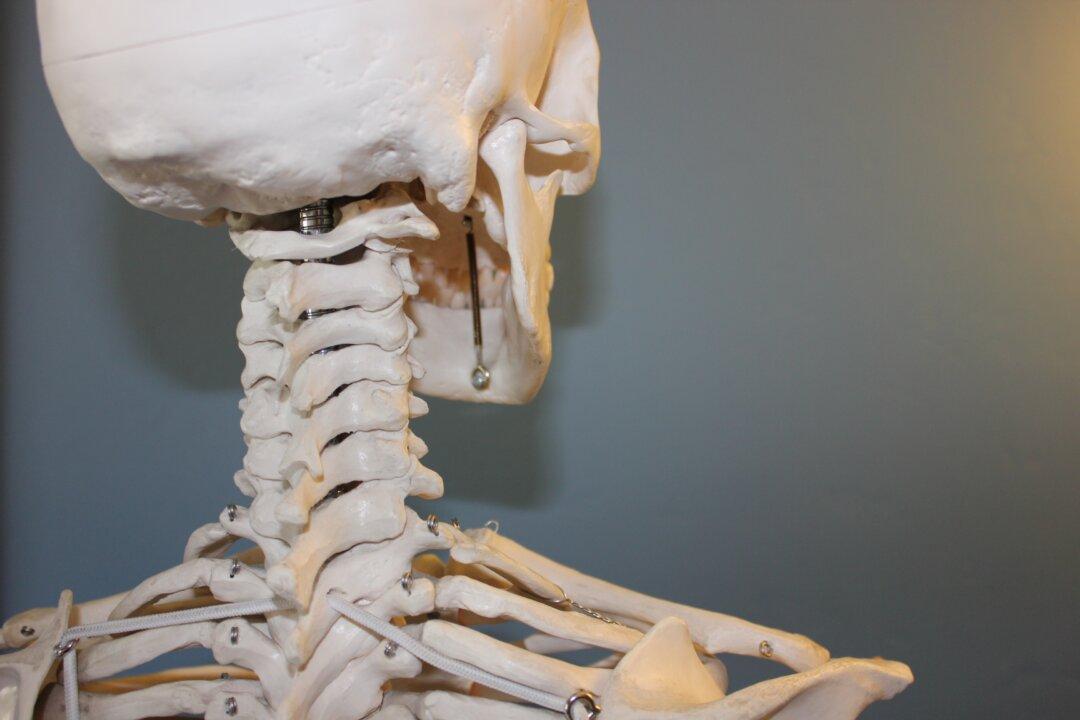A study conducted by the University of Sydney has concluded that opioids for the treatment of osteoarthritis (OA), the most common form of arthritis, results in little improvements and actually comes with an increased risk of adverse events.
OA is a degenerative joint disorder that commonly affects older populations. The disorder is due to erosion of joint cartilage that works to lubricate and protect joints resulting in its eventual degradation causing bones to rub against each other, causing pain and inflammation.





